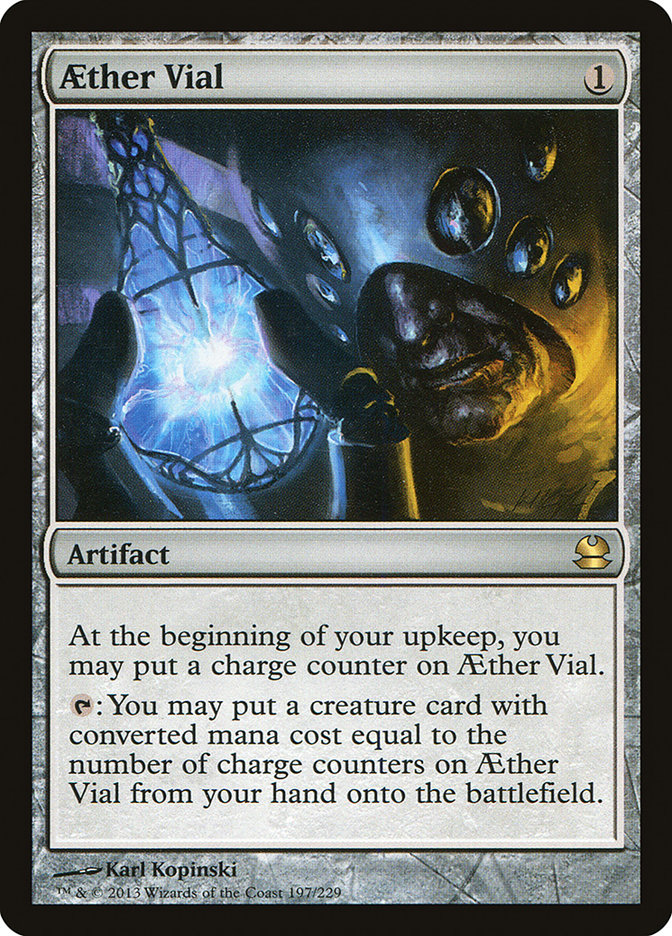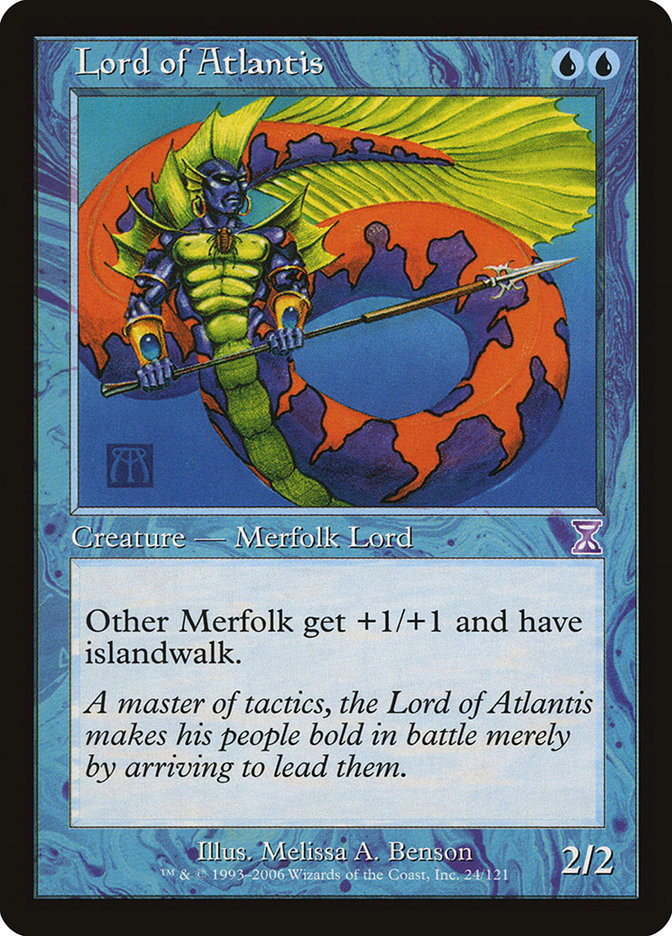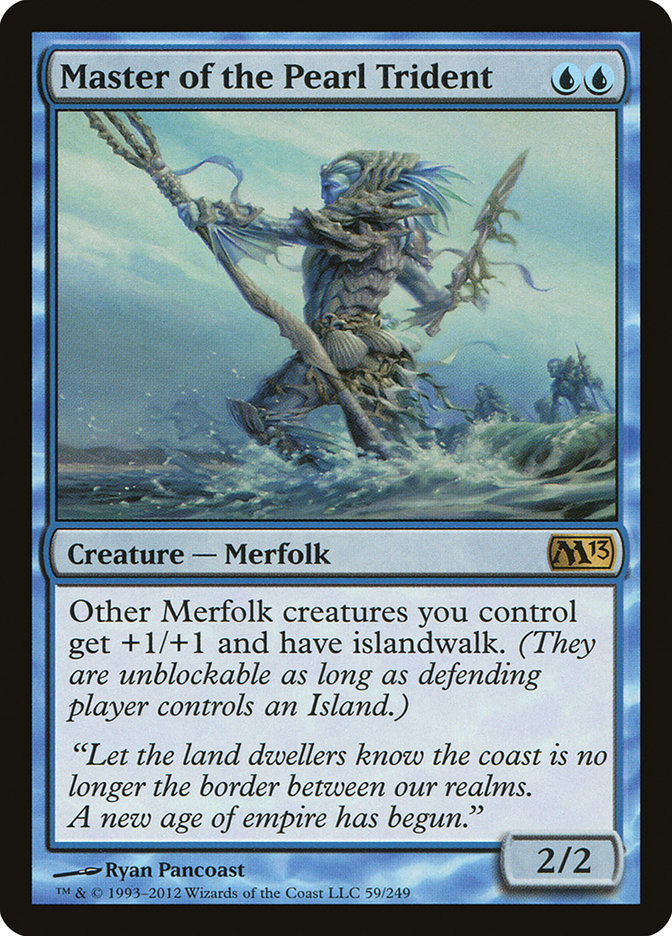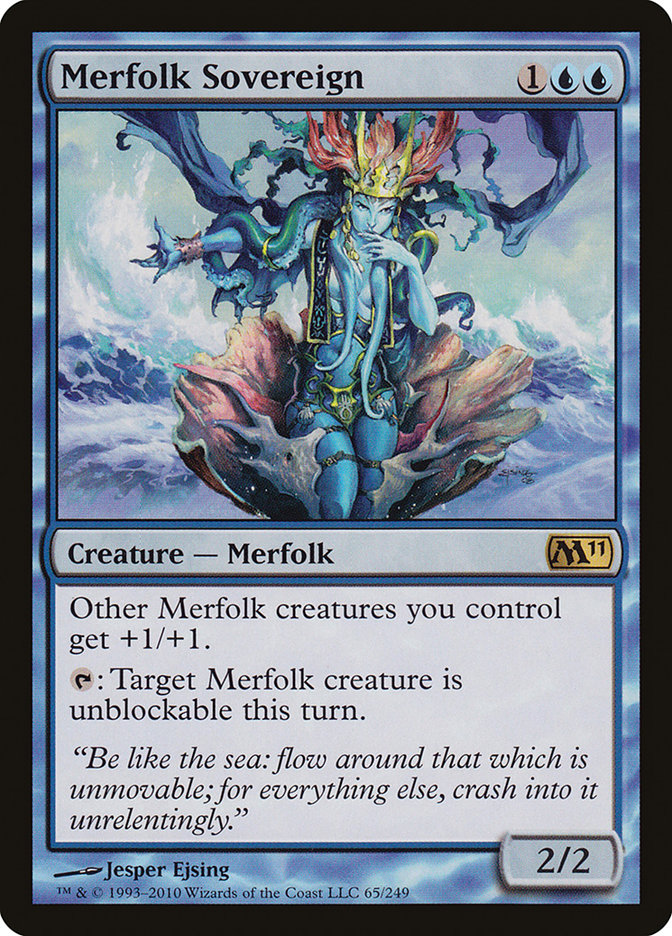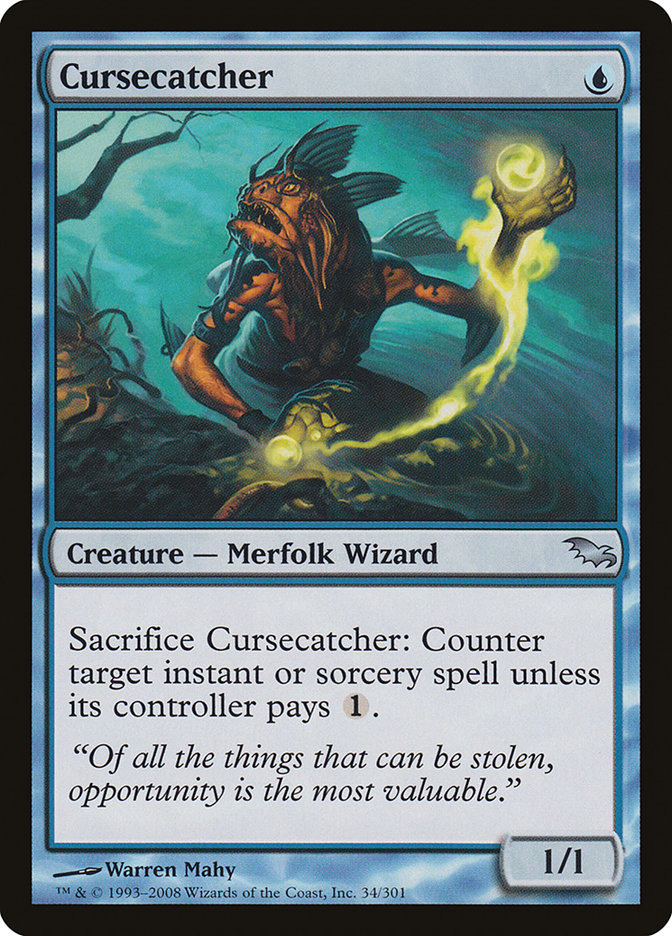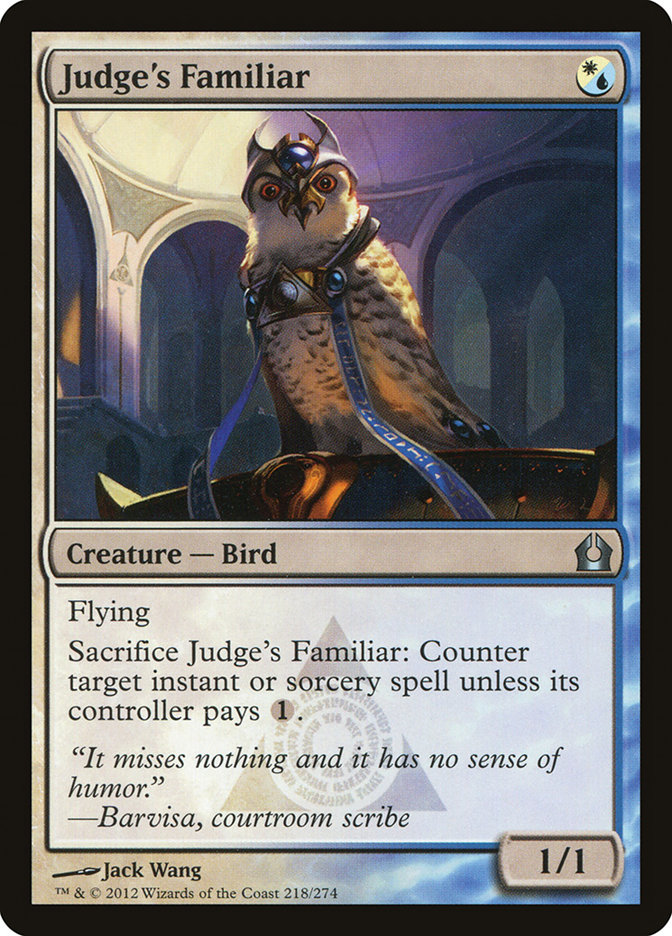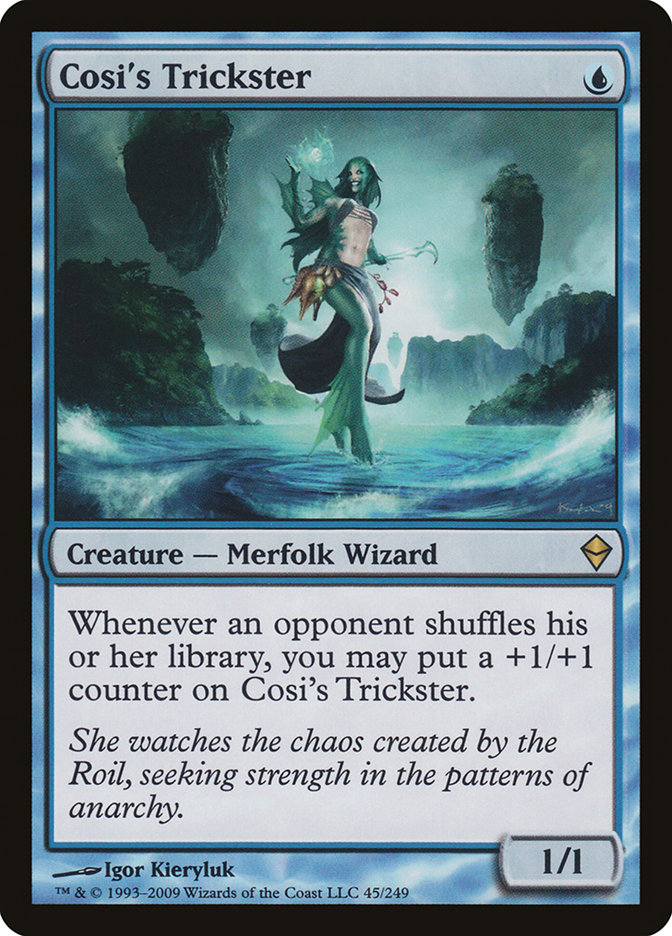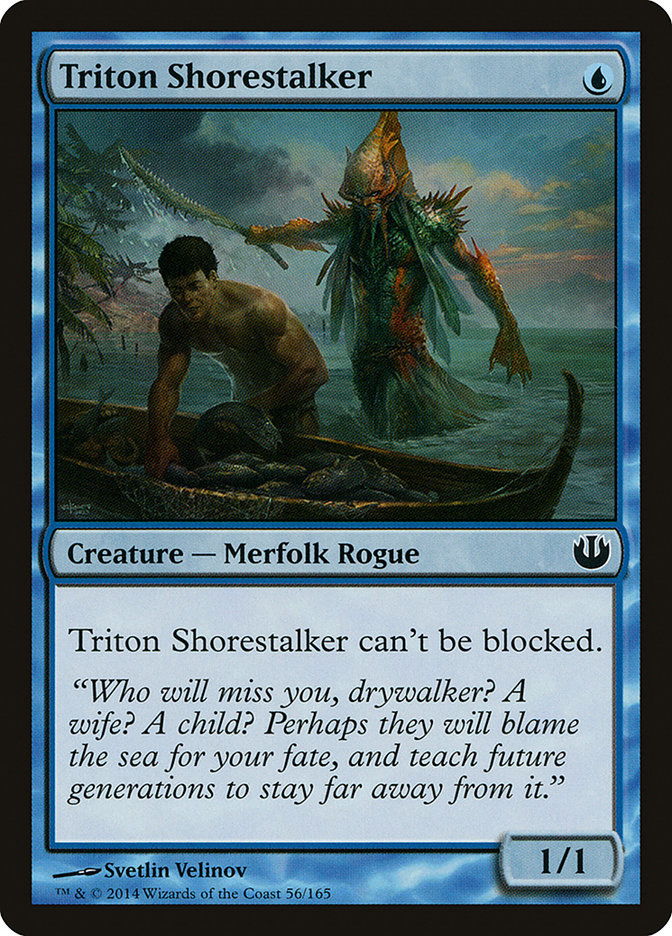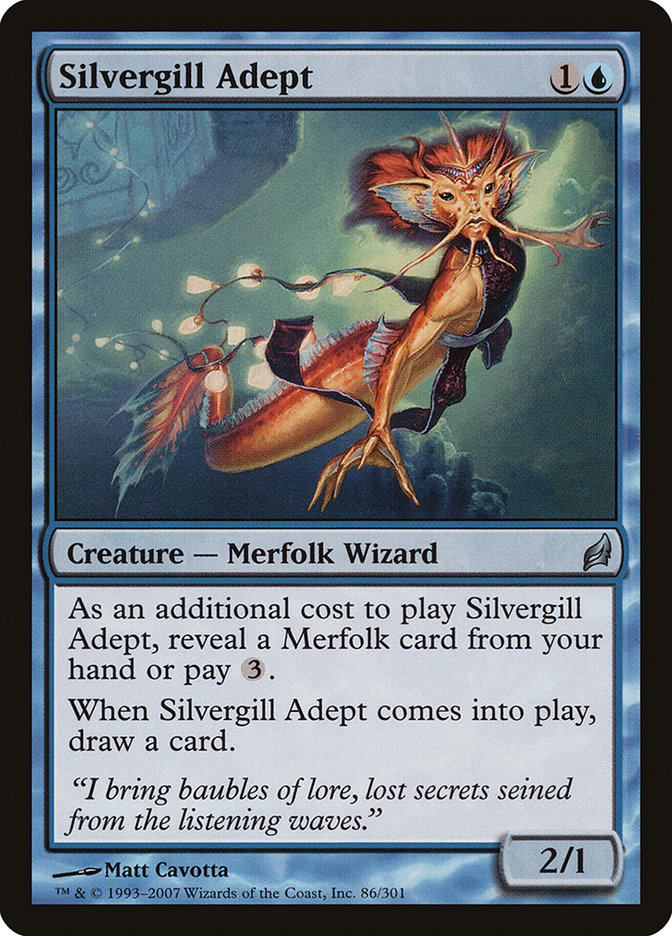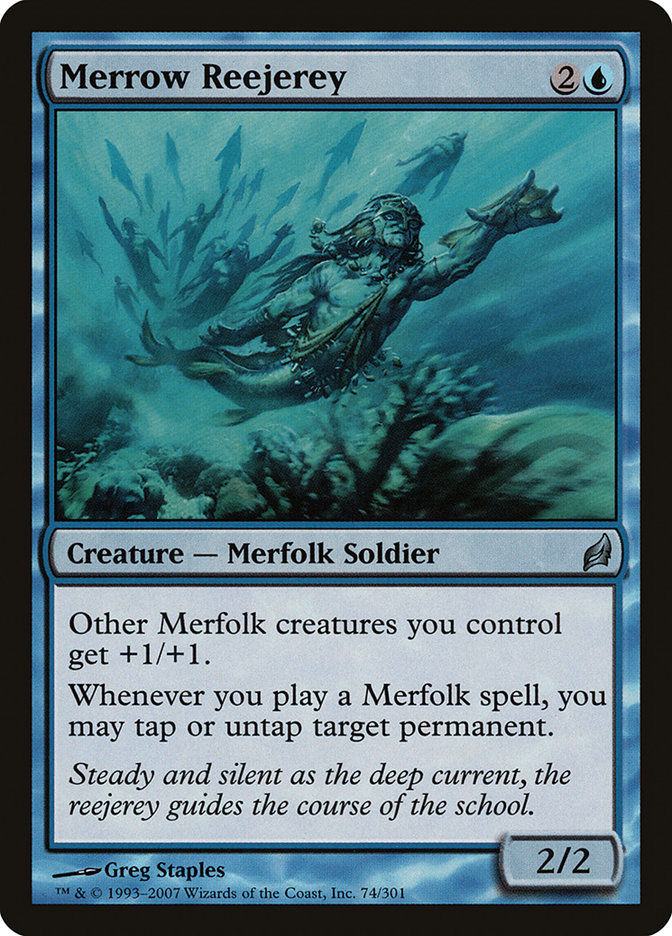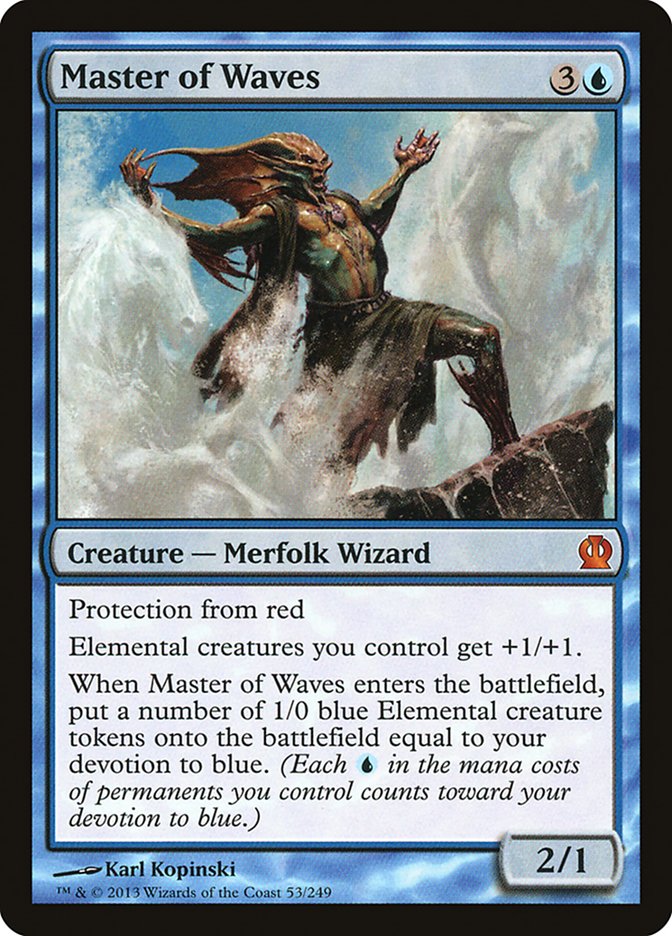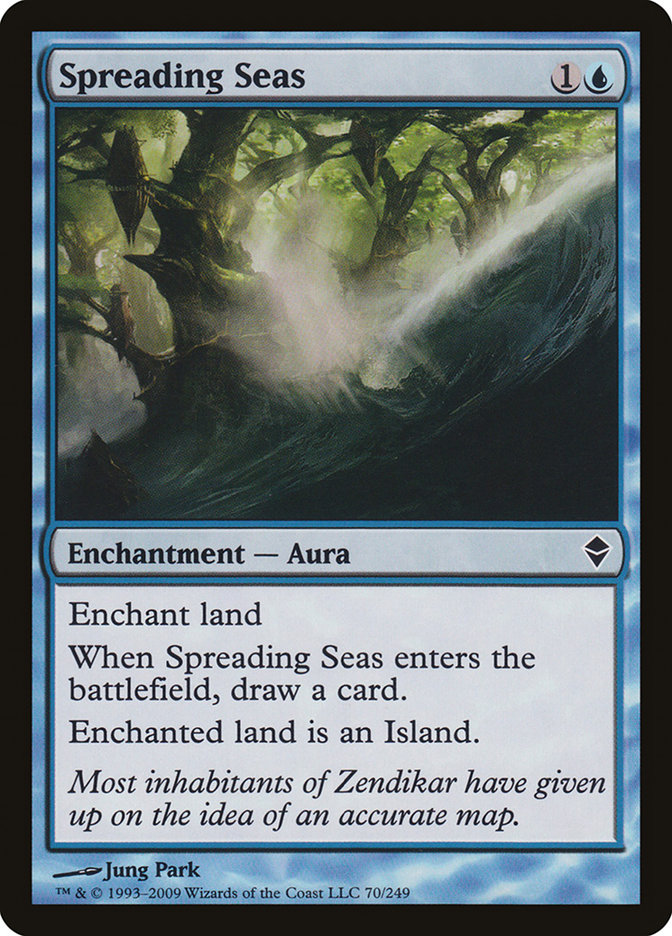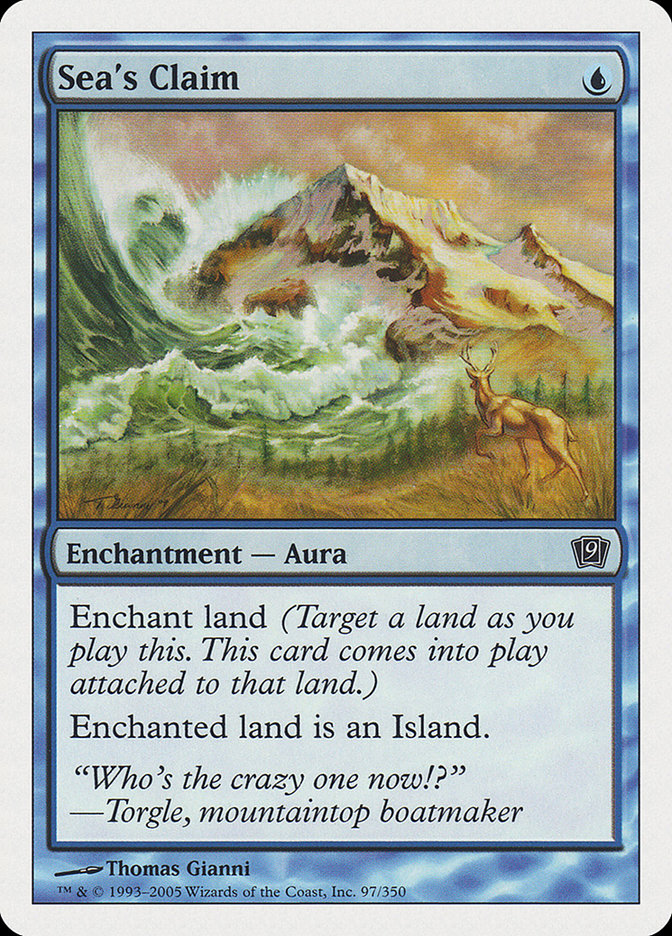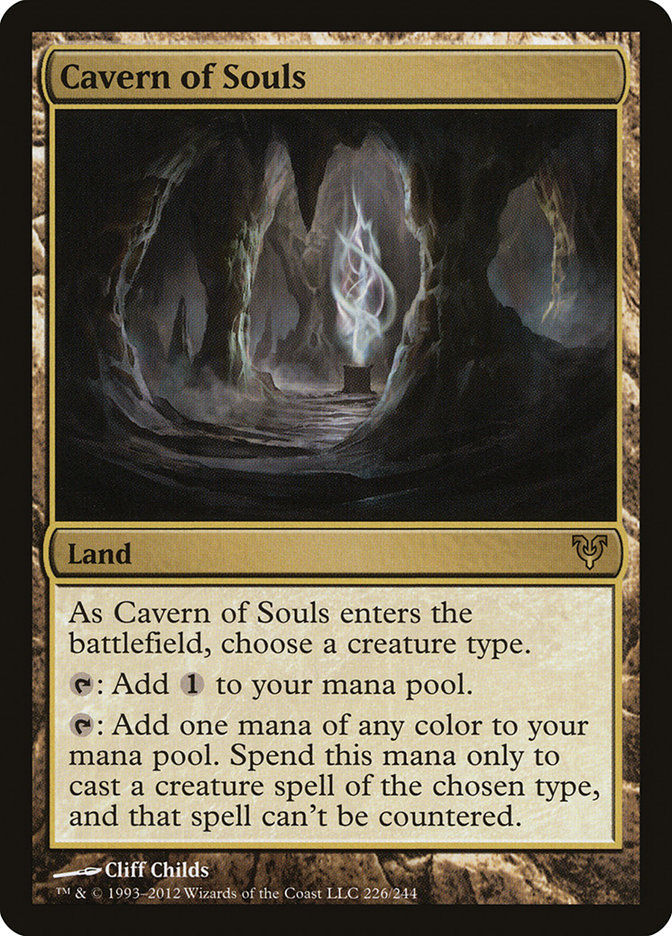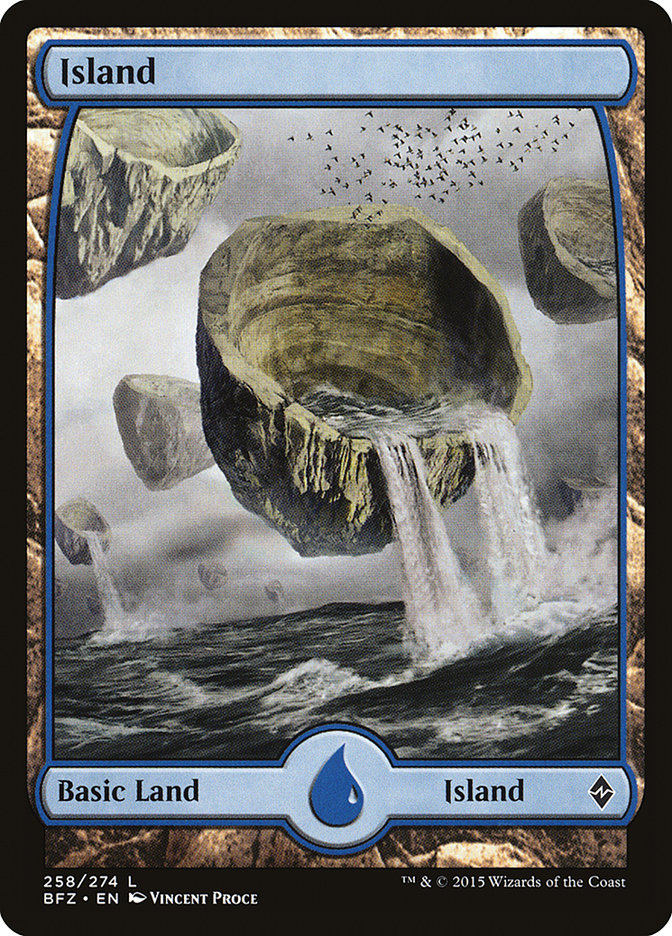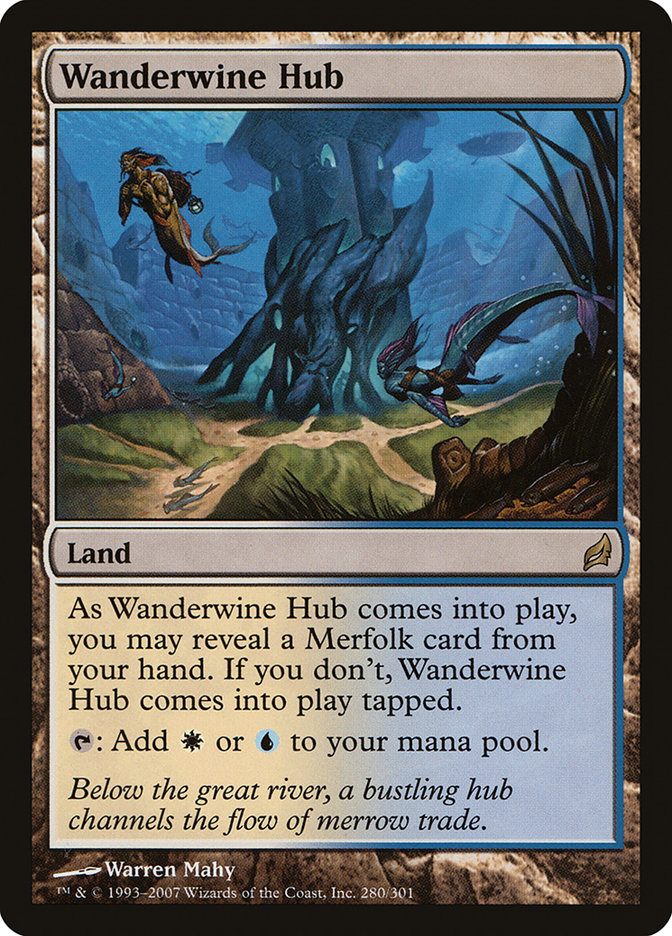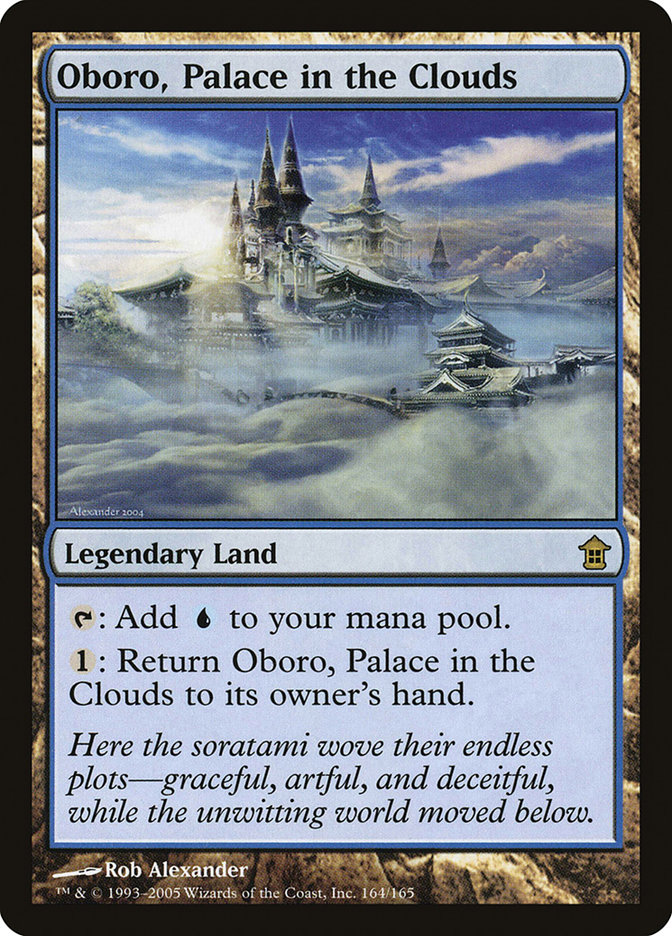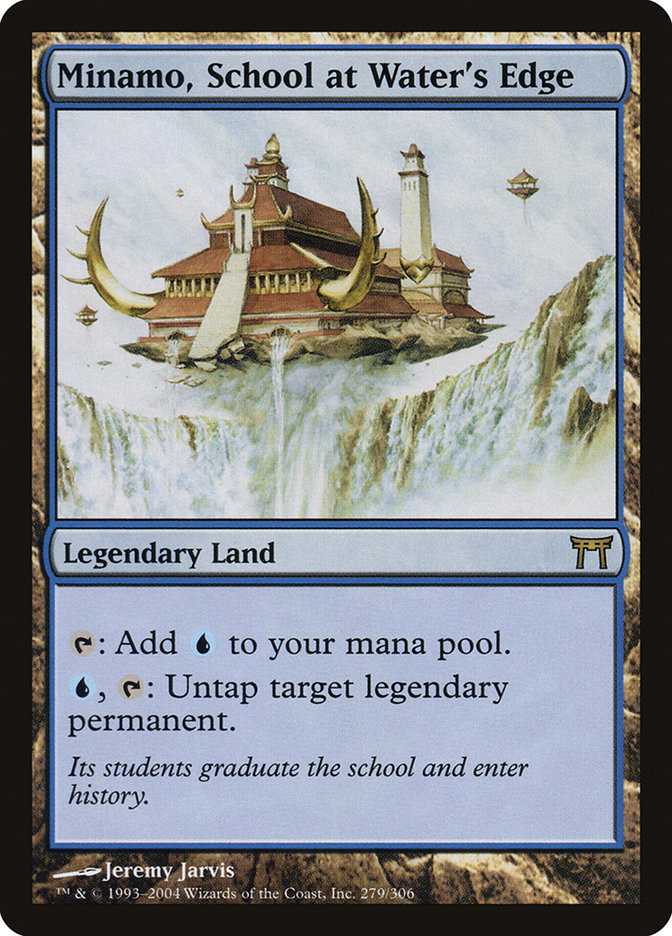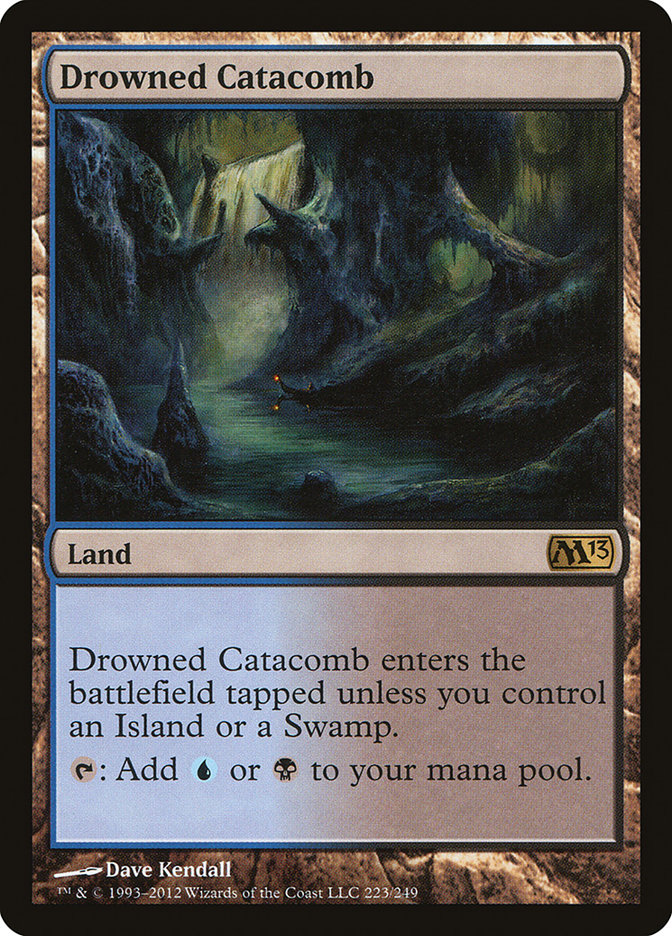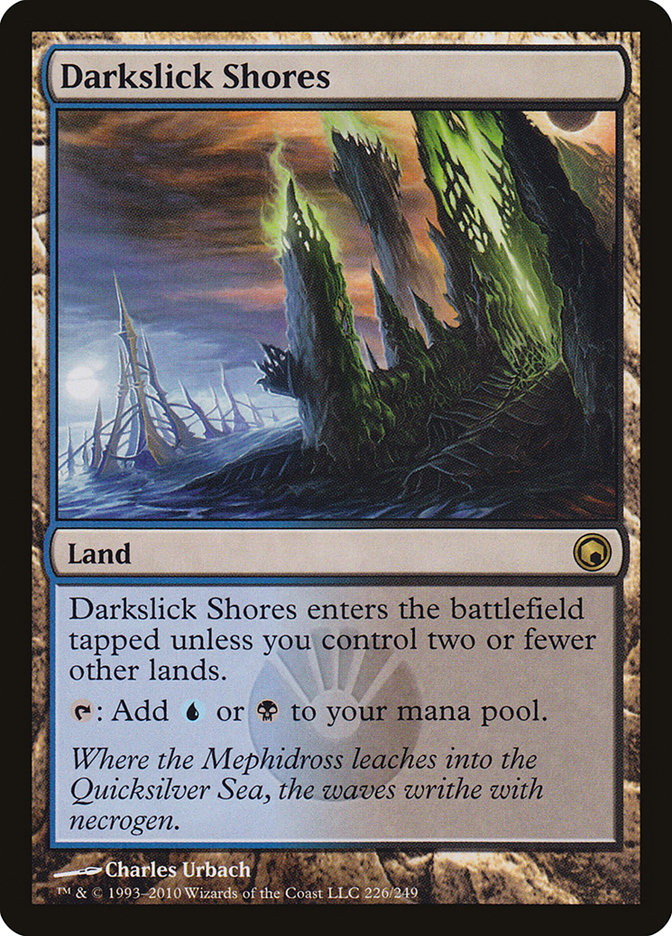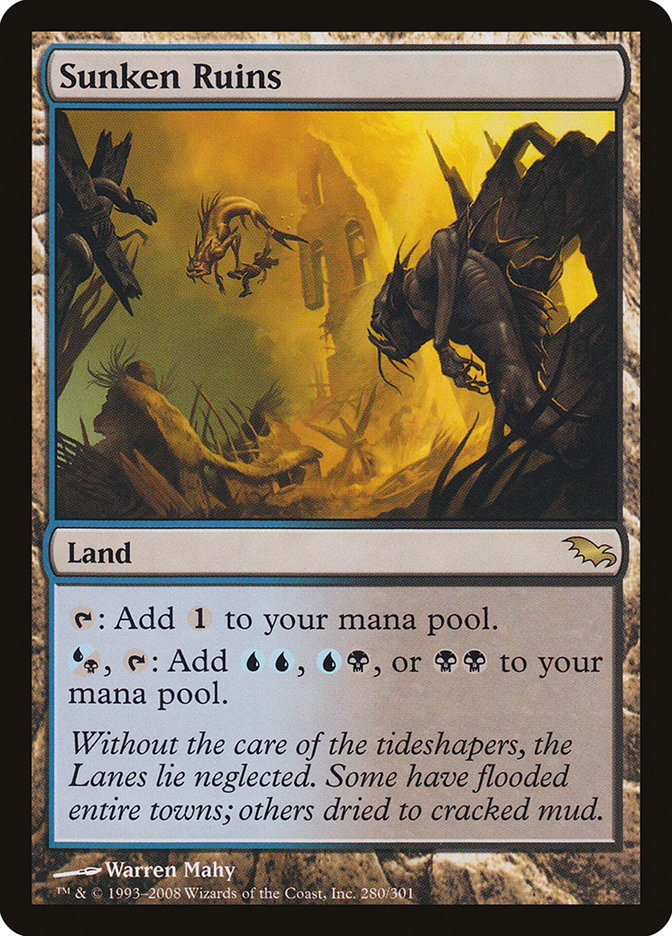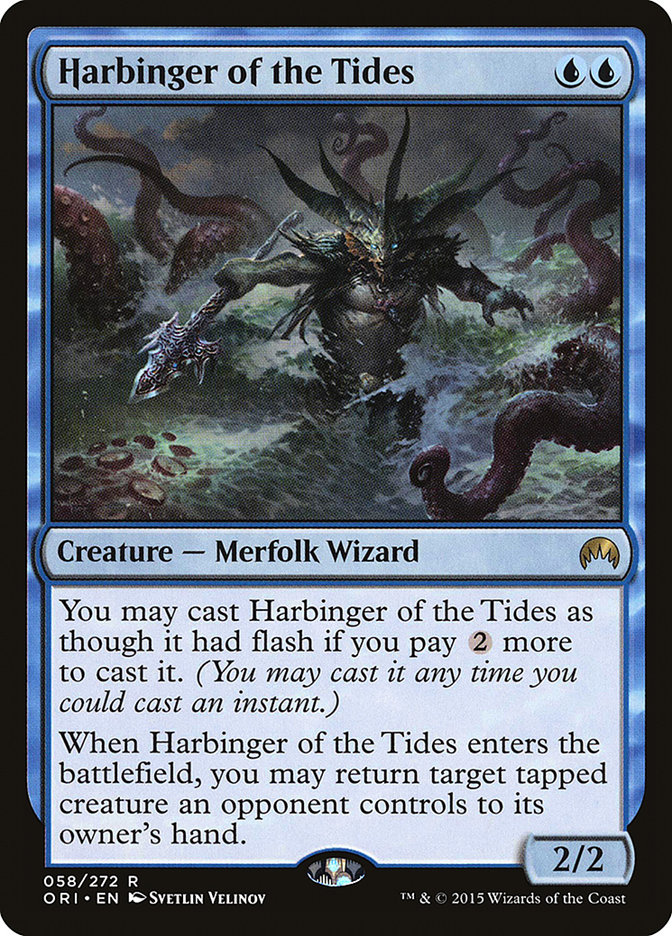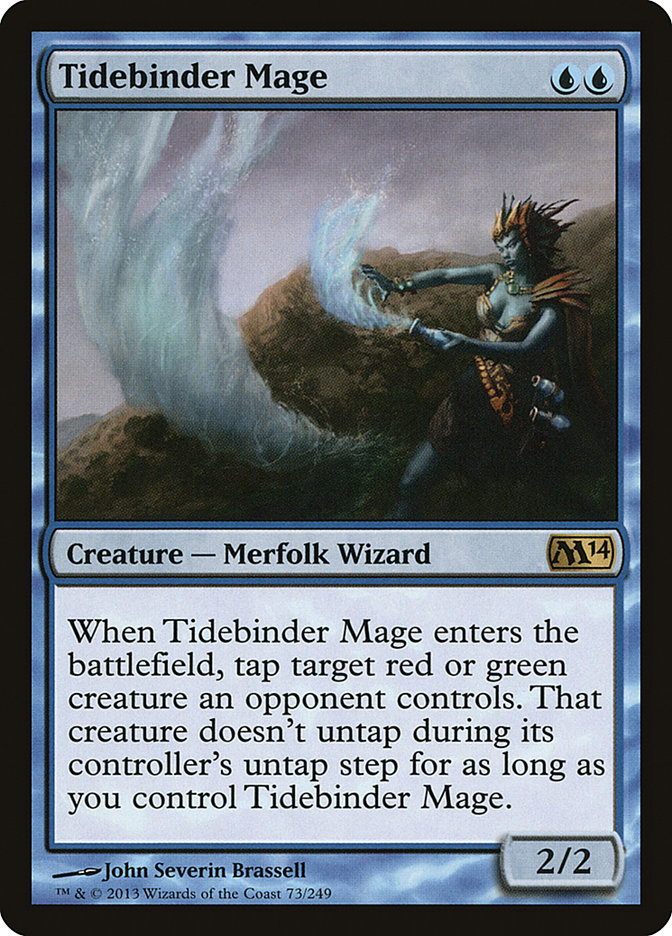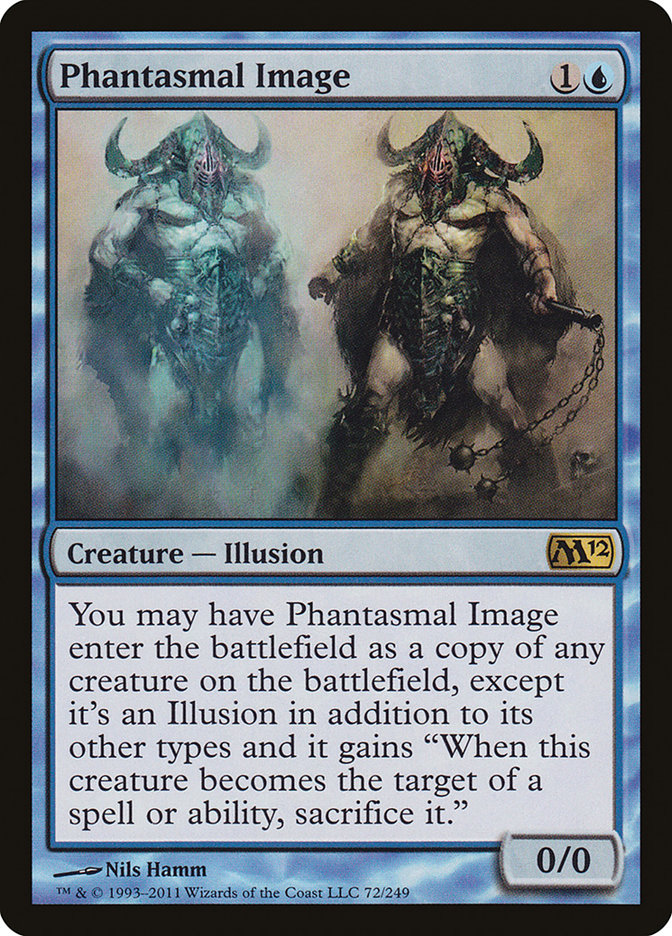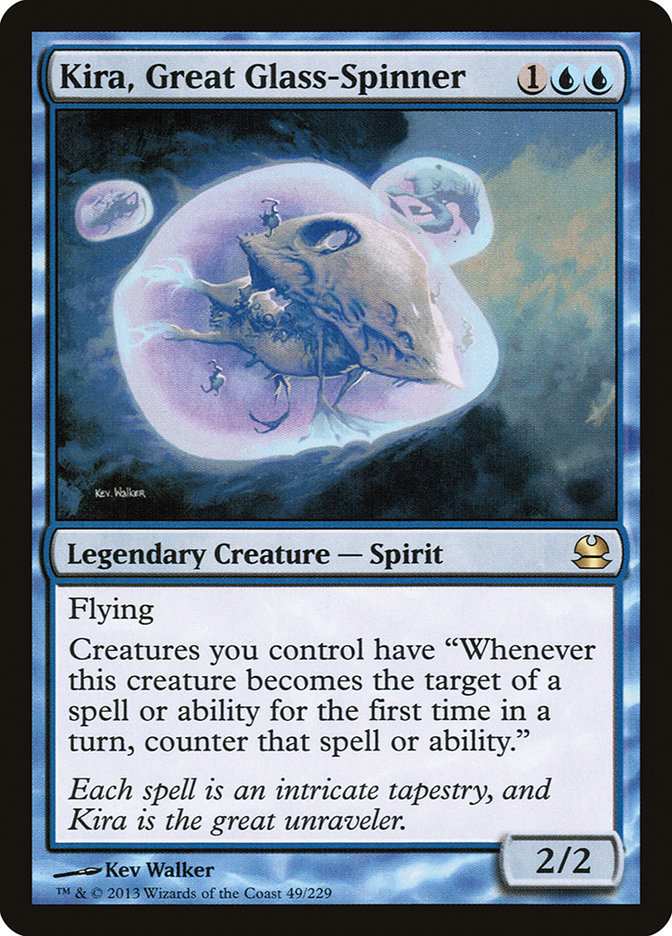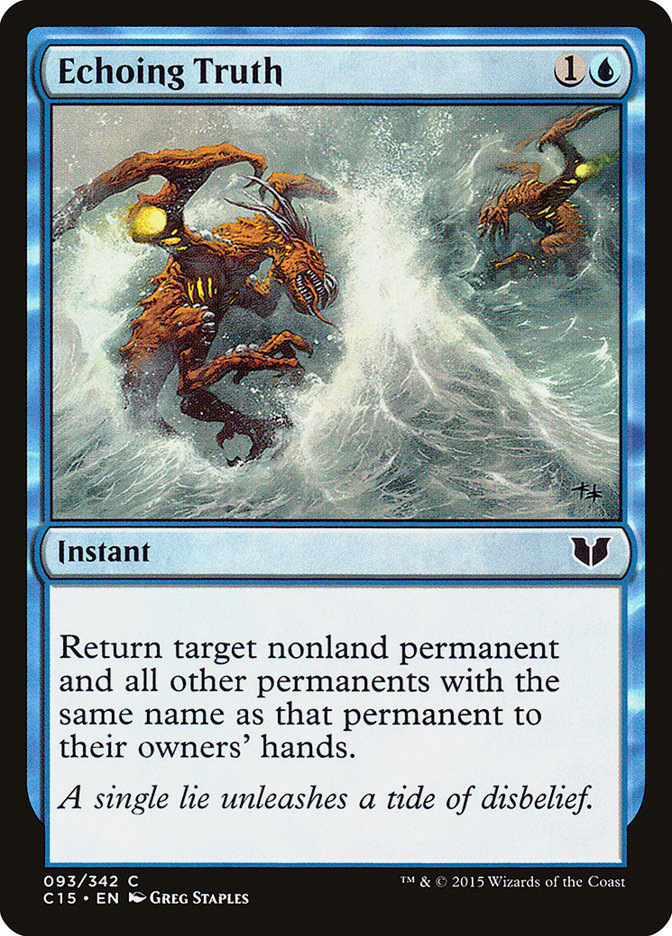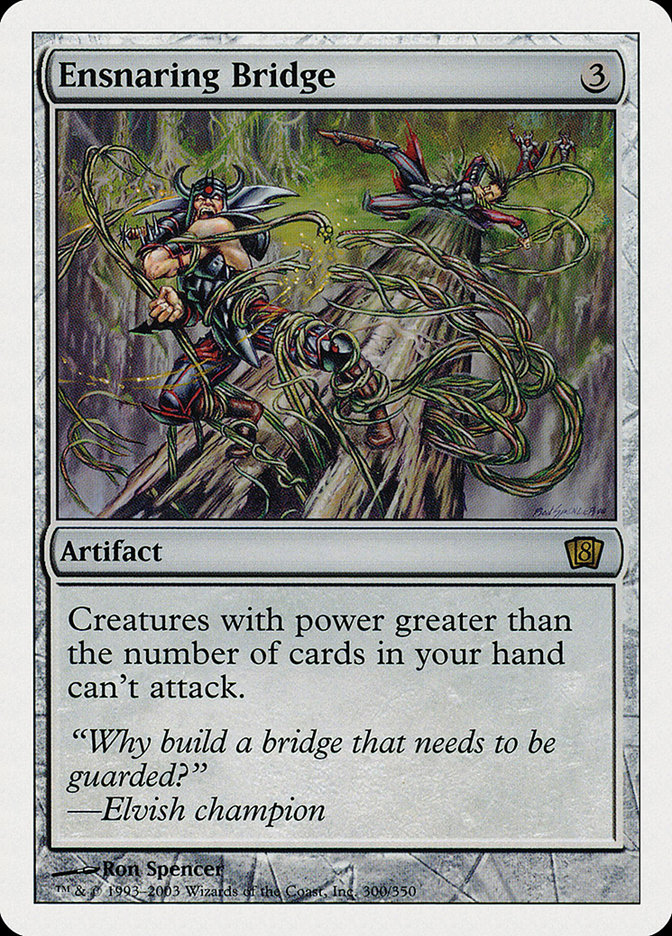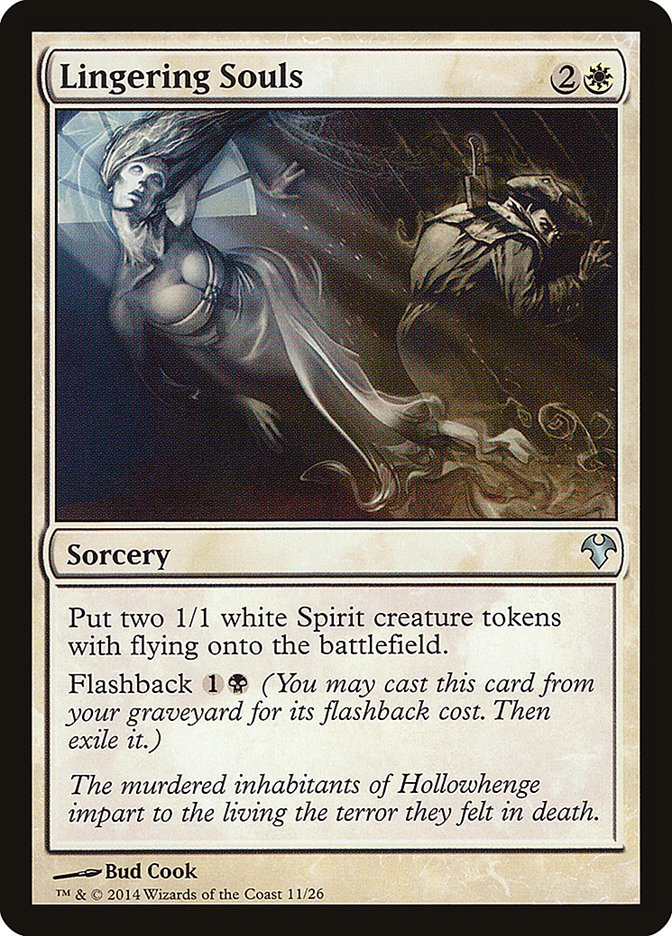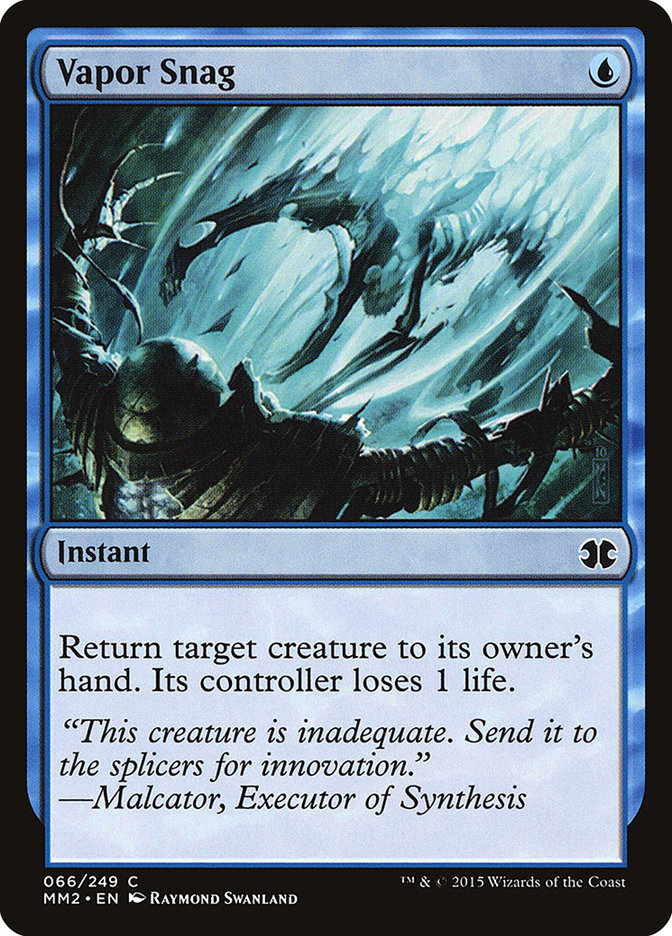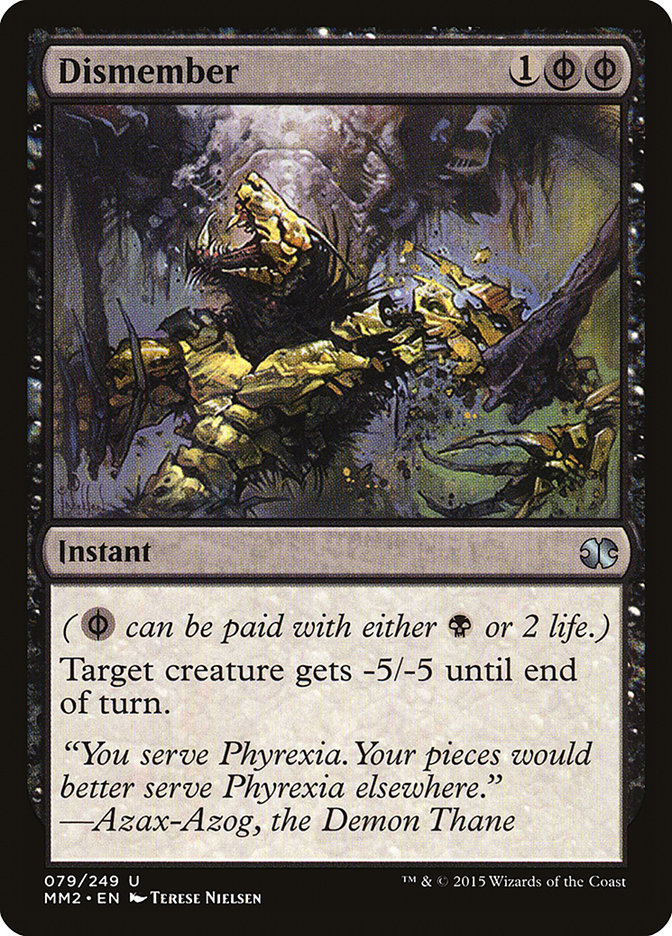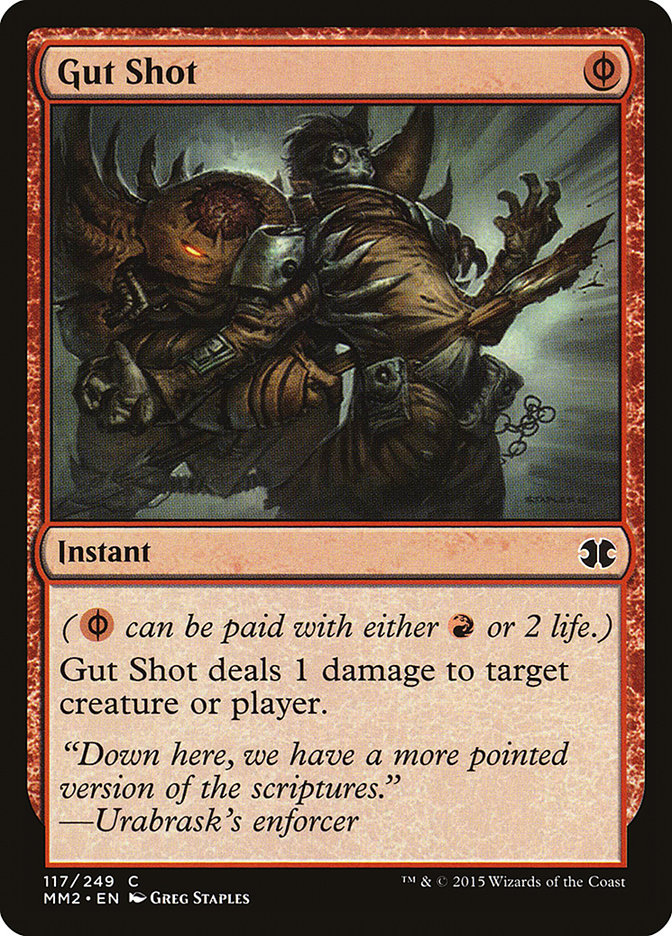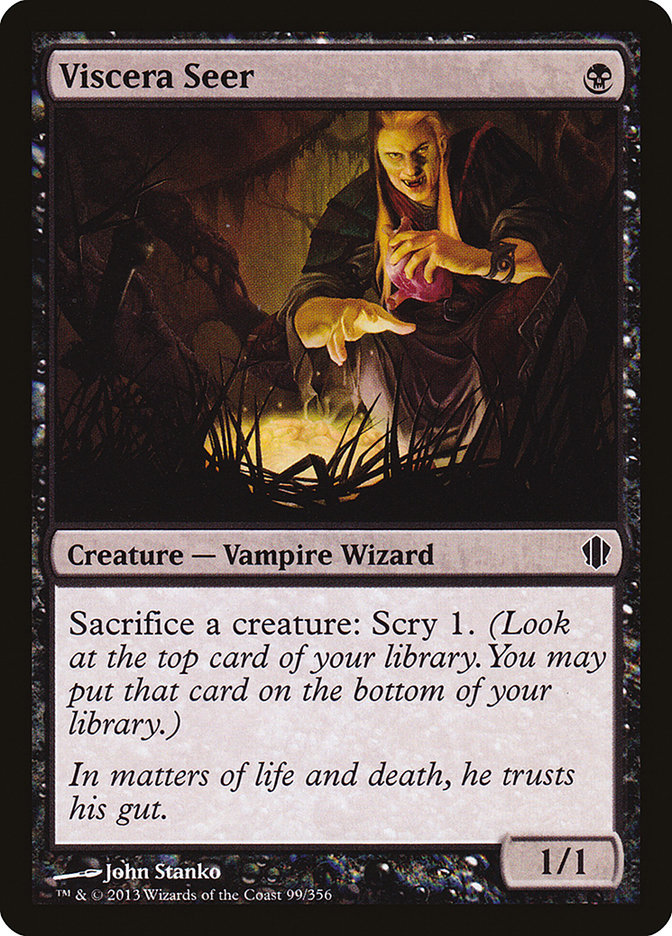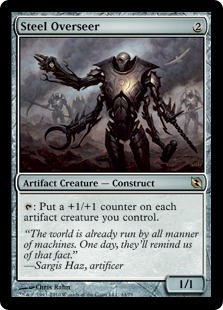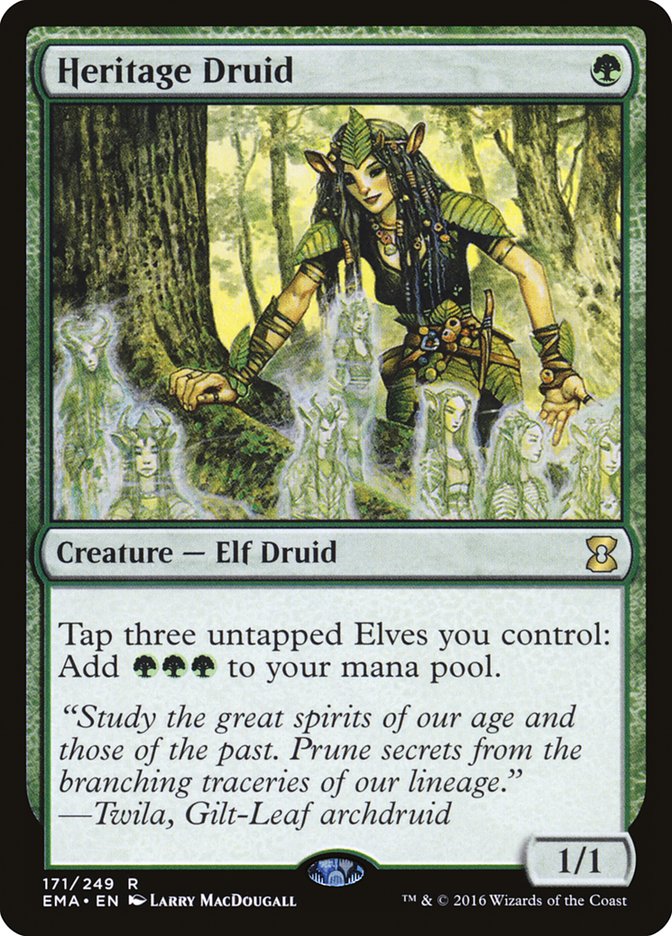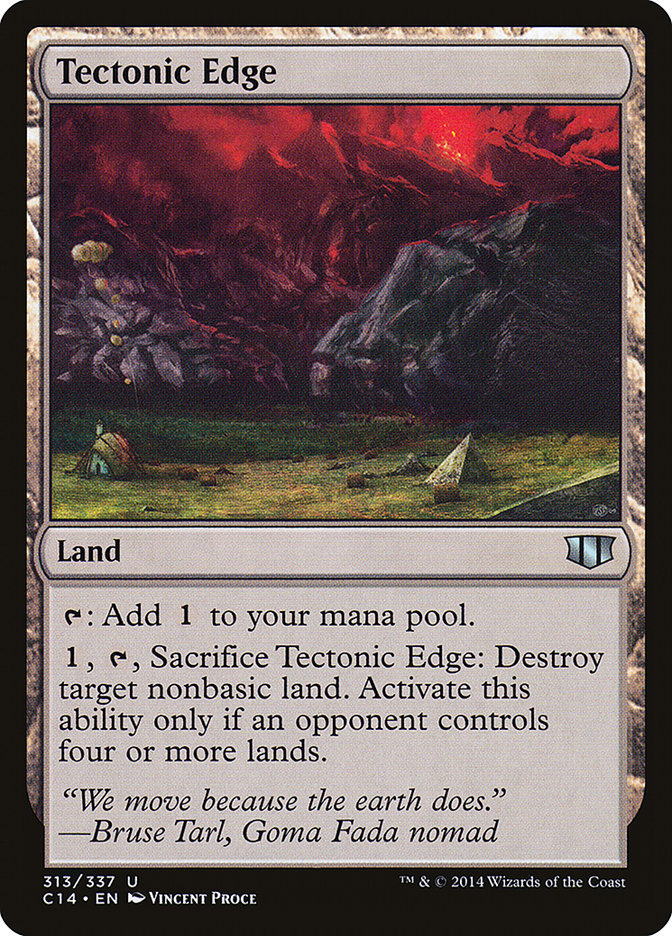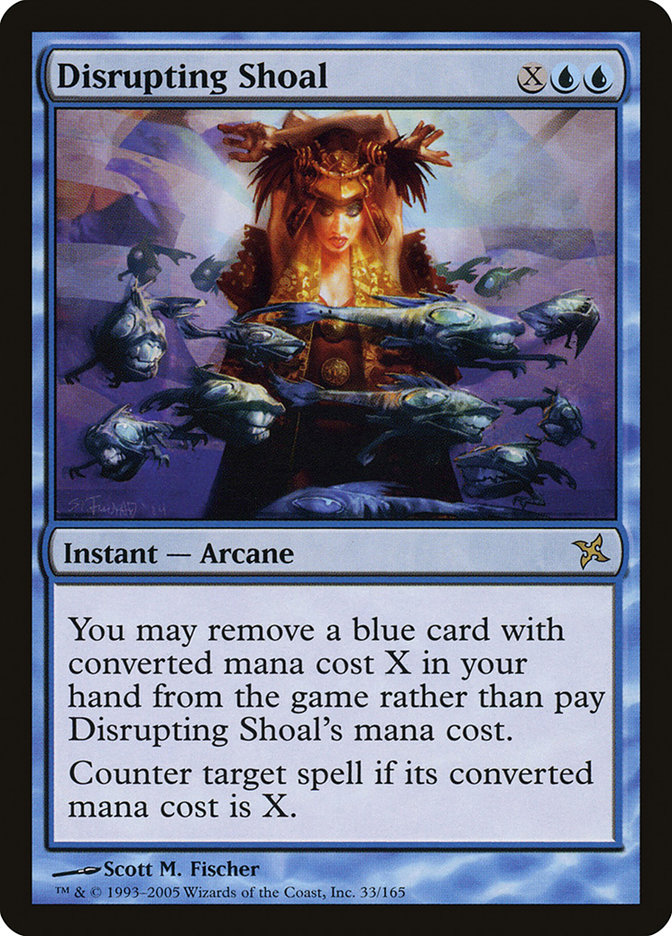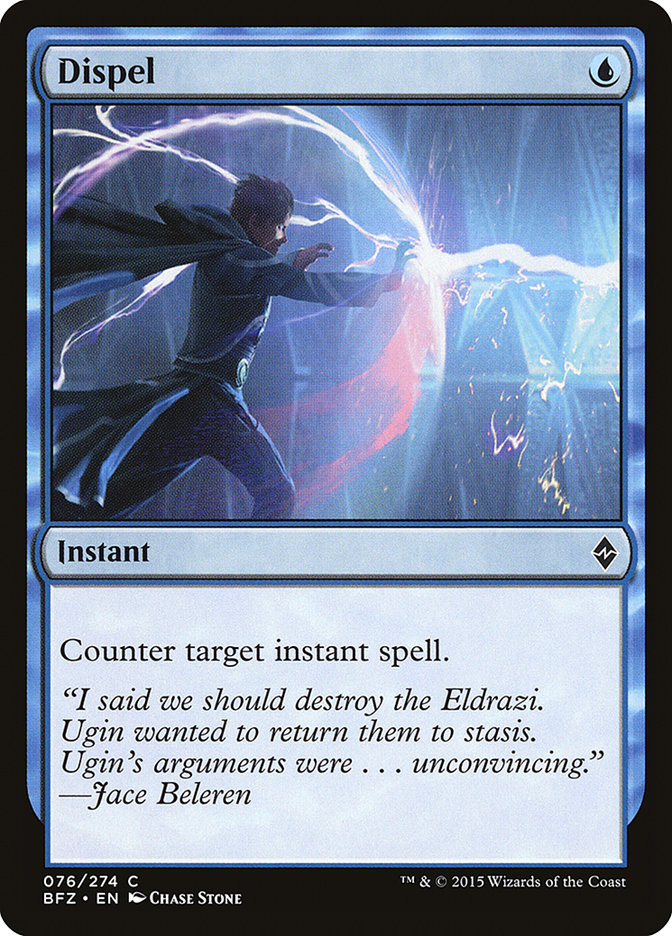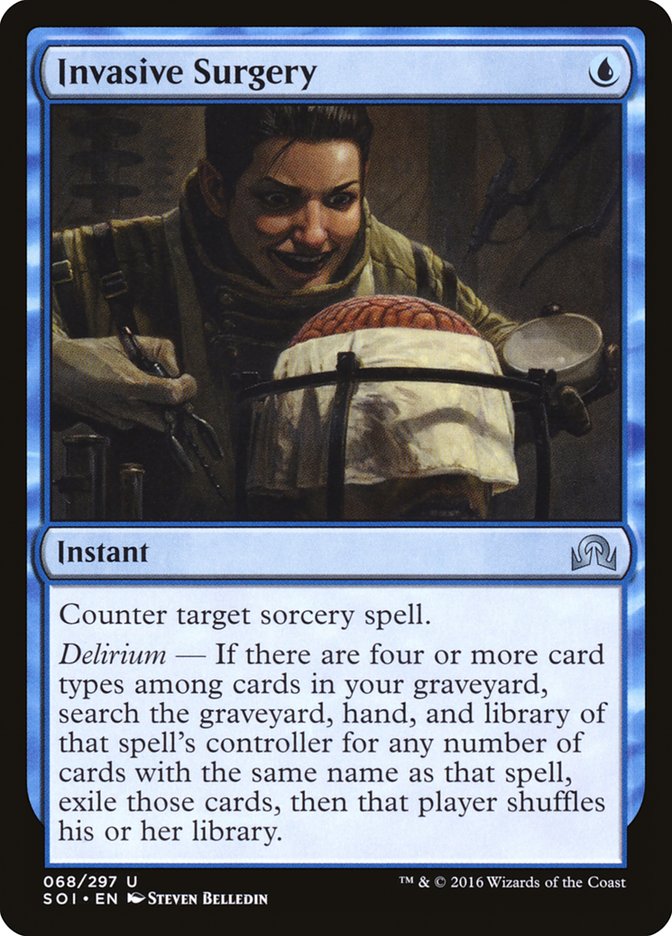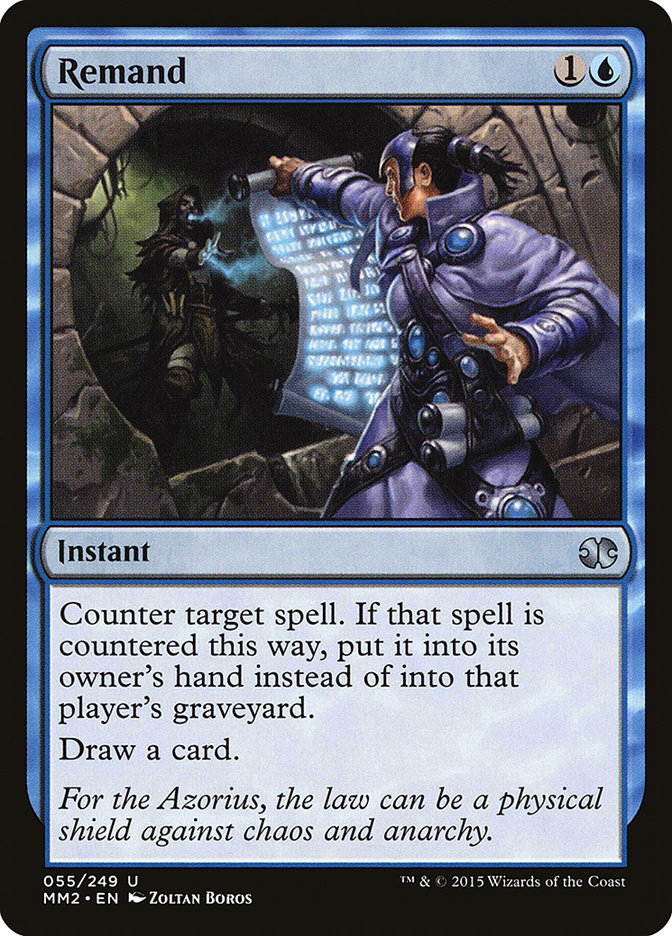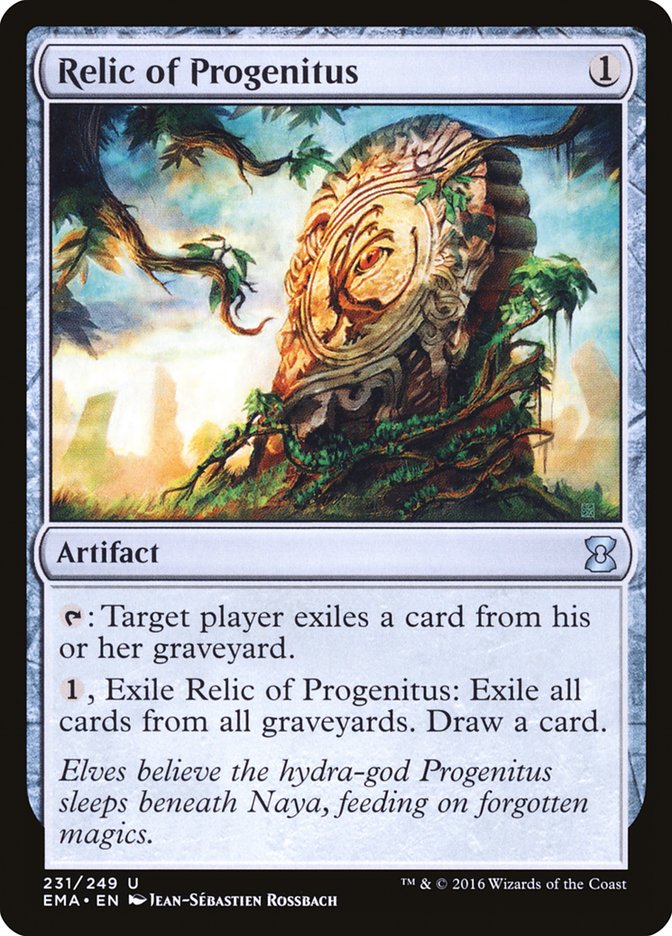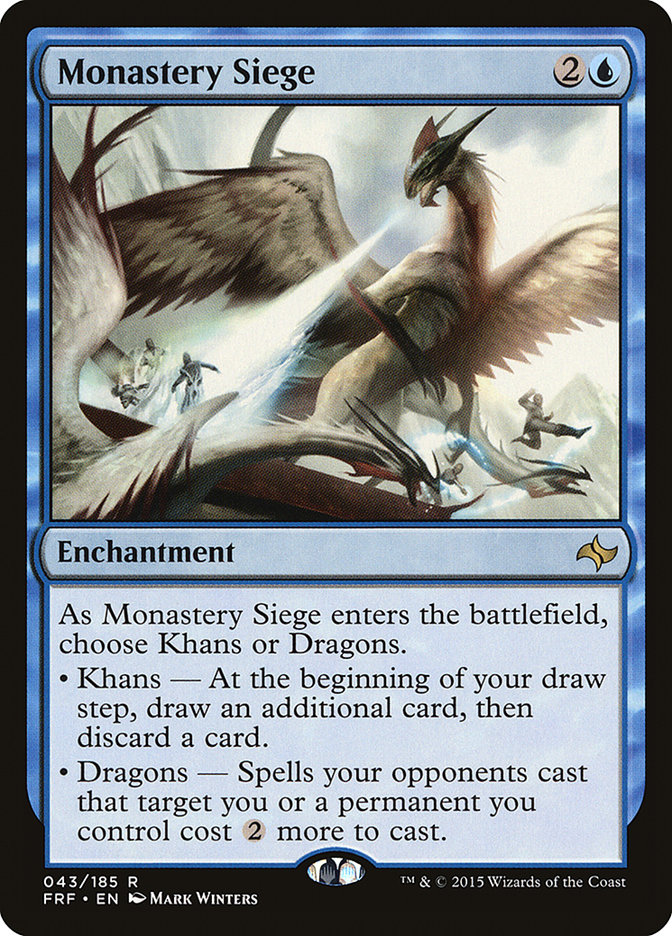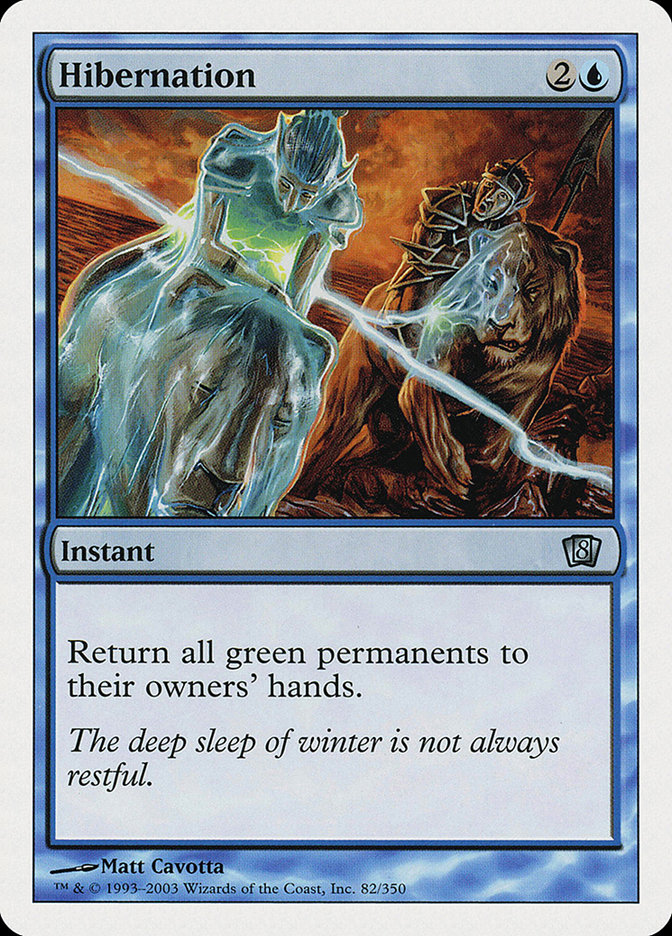 Przemek Knocinski won GP Copenhagen with Merfolk, and Harbinger of the Tides was printed. Since then the deck has bounced around Modern’s top tiers and proven its worth in a powerful format. Just about a week ago, Simon Slutsky won GP Los Angeles with Merfolk.
Przemek Knocinski won GP Copenhagen with Merfolk, and Harbinger of the Tides was printed. Since then the deck has bounced around Modern’s top tiers and proven its worth in a powerful format. Just about a week ago, Simon Slutsky won GP Los Angeles with Merfolk.
Creatures (27)
- 2 Kira, Great Glass-Spinner
- 4 Lord of Atlantis
- 3 Merrow Reejerey
- 4 Silvergill Adept
- 4 Cursecatcher
- 1 Phantasmal Image
- 4 Master of the Pearl Trident
- 1 Tidebinder Mage
- 4 Master of Waves
Lands (20)
Spells (13)
Sideboard

Merfolk is great for many reasons. If you like to tune your deck to fit the metagame you expect to face, you’ll love how flexible the decklist is. If you want to win or lose by your skillful plays and not by getting bad pairings, Merfolk is for you—except for Affinity and Elves, because those are just bad matchups. If you like to shift the role you play in a matchup as the answer to “Who’s the beatdown?” changes, you’ll love Merfolk’s many lines of play.
Plus, Merfolk players seem to have a sense of community more than any other Modern deck. Perhaps the tribal theme of the deck helps us feel like part of a tribe. Nikachu publishes a competitive Merfolk gameplay video nearly every day of the week. The Professor at Tolarian Community College is a huge advocate for the deck. I stream the deck quite a bit on my Twitch channel as Mrs. Mulligan.
The Cards
While some Merfolk players splash white for cards like Path to Exile and Stony Silence, staying mono-blue has proven to be the most consistent strategy. Taking no pain from your lands while they enter the battlefield untapped helps your aggressive matchups. Consistent draws without missing a color help you come out of the gates quickly against slower decks.
Here is the decklist I would take to the next SCG Tour® event, and the one I play live on stream:
Creatures (27)
- 2 Kira, Great Glass-Spinner
- 4 Lord of Atlantis
- 3 Merrow Reejerey
- 4 Silvergill Adept
- 4 Cursecatcher
- 4 Master of the Pearl Trident
- 2 Tidebinder Mage
- 4 Master of Waves
Lands (20)
Spells (13)
Sideboard

The Core
Every Merfolk deck shares a common core. Because it is a synergistic creature strategy, these cards should be considered auto-inclusions.
Merfolk is the best Aether Vial deck in Modern. In a format where Birds of Paradise, Mox Opal, and Eldrazi Temple allow other decks to cheat on mana by providing one extra mana per turn, Merfolk can gain an extra two mana per turn or more with Aether Vial. Merfolk also takes advantage of the mana savings by holding up counterspells and disrupting the opponent with Spreading Seas.
Usually you’ll want to leave Aether Vial on two because of the density of threats at that mana cost. However, rolling it up to three means you can drop Kira, Great Glass-Spinner without them having a chance to react to it once they know it’s coming. Rolling it up to four lets you put a Master of Waves and its army of tokens onto the battlefield at instant speed to avoid sweepers.
Unfortunately, Aether Vial is a terrible draw in the late game. It lets you run fewer lands but is in danger of being taken by Thoughtseize effects, leaving you with a broken curve that can cost you the game. Because of this, many Merfolk decks run Tectonic Edge in the sideboard to increase the land count so they can take out Aether Vial against targeted discard on the draw.
At the very heart of the deck, you have the lords. Lord of Atlantis and Master of the Pearl Trident are the gold standard for tribal lords. I don’t know why they cost one mana less than their close cousins Goblin King and Elvish Champion, but I’ll take it. Granting islandwalk is also extremely relevant. An ever-growing army of Merfolk is made even scarier when you drop a Spreading Seas to make them unblockable while disrupting your opponent’s gameplan.
Don’t be tempted by the worse lords, though. Merfolk Sovereign is just too expensive at three mana. Unlike with Merrow Reejerey, its second ability is largely irrelevant. Coralhelm Commander demands too much mana to grow past being a Grizzly Bear, so it will rarely ever become a lord at all.
The mana curve demands a one-mana threat and Cursecatcher is the best, hands down. Its ability is so important to the deck that budget lists run Judge’s Familiar instead of Cosi’s Trickster or Triton Shorestalker. Cursecatcher is at its best when you’re on the play, pressing your mana advantage.
Every time your opponent casts Pyroclasm on turn 3 or Anger of the Gods on turn 4, your Cursecatcher bought you time. In fact, that time is often enough to start playing multiple lords and get out of range of damage-based Wraths. Turning sweepers into dead cards is just one of Cursecatcher’s specialties.
When Ancestral Vision was unbanned, plenty of people thought it would be a great card for Merfolk. If Burn splashed for Treasure Cruise, surely Merfolk would run the on-color version? However, Merfolk’s primary role is to be the aggressor, and for that it must develop the battlefield. Taking a turn off to suspend Ancestral Vision just isn’t an option.
That’s where Silvergill Adept comes in. It lets you keep the cards flowing while advancing your battlefield. The downside of revealing a Merfolk is almost never relevant; if you don’t have anything to reveal, an Aether Vial on two will put it onto the battlefield for you.
Sometimes eight just isn’t enough lords. Merrow Reejerey is the next-best lord: it doesn’t grant islandwalk and it costs three mana, but its second ability leads to huge tempo plays. You can use it to untap Aether Vial for an extra activation. You can play three lords off of four lands. You can tap down blockers. You can deny your opponents mana before entering combat. You can tap a creature so it can be bounced with Harbinger of the Tides.
Unlike Harbinger of the Tides, Master of Waves did not bring as much attention to the deck when it was printed. However, I believe Master of Waves is the reason it has the power to compete in the top tier of Modern decks.
Master of Waves brought staying power to Merfolk’s top end. It can stabilize you in a losing position, take you out of parity into a winning battlefield state, and clinch a game you’re winning. It dodges much of the format’s most prevalent answers: Lightning Bolt, Abrupt Decay, Lightning Helix, Kolaghan’s Command, Terminate, Inquisition of Kozilek, and Nahiri, the Harbinger can’t touch it. Even Pyroclasm and Anger of the Gods only deal with the tokens.
Another card that cantrips, Spreading Seas is probably my favorite card in the deck. As Richard Adams said in possibly the happiest deck tech ever, “I don’t like it when my opponents cast spells.” Spreading Seas allows you to punish greedy three-color manabases, land-based combo decks like R/G Tron and Scapeshift, and creature-lands like Inkmoth Nexus and Celestial Colonnade. It can also be the topdeck you need to break through a stalled battlefield and attack for lethal damage.
If your metagame demands it, Sea’s Claim can act as extra copies of Spreading Seas. Even though it costs only one mana, it’s not as good because it doesn’t cantrip. Still, if you’re seeing too much Jund, Tron, and Eldrazi, you should consider sleeving them up.
The Manabase
Mutavault is all creature types when active, so it gets pumped by your Merfolk lords and by Master of Waves. Having a land that can turn into a threat is great for developing your battlefield, for playing against control decks, and for closing out games you had no business winning if Mutavault was an Island.
Here’s an important trick if you’re playing against a deck running Cryptic Command and you need to squeak in some damage. You can offer to go to Declare Attackers before activating your Mutavaults. If your opponent lets you, it’s too late to animate and attack with Mutavault, but your team did not get tapped. If your opponent instead taps your team, you can let that resolve and then animate and attack with Mutavault. You’re trading away the possibility for maximum damage, but you gain valuable flexibility to play around their spell.
The number of Cavern of Souls you should run changes with the metagame. As counterspells become more prevalent, run more copies. If you’re running Chalice of the Void, run more copies. But before you jam four copies, consider that Cavern of Souls on Merfolk won’t make blue mana for cards like Spreading Seas, Spell Pierce, Phantasmal Image, or Kira, Great Glass-Spinner.
Merfolk is a blue deck, so we get to play the most powerful card in Magic: Island. However, Choke and Boil are real problems for us in Modern. Including single copies of Oboro, Palace in the Clouds and Minamo, School at Water’s Edge can help mitigate the damage from the hate cards. You also usually have plenty of Merfolk to reveal to Wanderwine Hub, so you’re safe running as many of those as you like. Do be careful not to run too many, though! You don’t want to become weak to Blood Moon.
Fun tricks with Oboro include returning it to your hand to discard to Liliana of the Veil and using your land drop for the turn to filter Mutavault mana into blue mana. Minamo’s ability is only really relevant in the mirror to break an opposing Kira shield. Wanderwine Hub can bluff Path to Exile if your opponent thinks you’re running the white splash.
Lots of people who are new to the deck suggest other non-Island sources of blue mana, often pairing it with black to make Dismember less painful. Other lands are usually not worth it.
Check-lands and filter-lands force you to mulligan hands you could otherwise keep. Imagine a hand of Cursecatcher, Silvergill Adept, Silvergill Adept, Merrow Reejerey, Mutavault, Mutavault, and a blue source. If that blue source enters the battlefield untapped, that’s a keeper. Replace it with a Sunken Ruins or Drowned Catacomb, and it’s a hand you’d probably mulligan.
Fast-lands like Darkslick Shores are a problem because a Merfolk deck usually wants to use four mana on turn 4. Master of Waves is a bad five-drop, and being able to play a lord and hold up Negate is important.
The Flex Slots: Threats
If you’re running four of each core card and twenty lands, you’ve got eight slots to fill. You will likely want some combination of hosers, removal, counterspells, and value creatures. Keep in mind that any Merfolk creature gets super bonus points for synergy!
Harbinger of the Tides renewed public interest in Modern Merfolk when it was printed in Magic Origins last year. The fact that it wasn’t even in Simon Slutsky’s GP Los Angeles-winning list shows that Merfolk was great before it was printed. It was extremely valuable against Splinter Twin, as it could be put onto the battlefield when they attempted to combo to break it up. It helped during Eldrazi Winter to gain tempo against attacking Reality Smashers. But for now, it’s just a solid option.
Harbinger of the Tides is a solid tempo play when you’re on the draw. Note that it cannot save your own creatures from removal like Vapor Snag can. Its limitation of only targeting tapped creatures can even be a benefit when you’re facing down a 10/10 Glistener Elf attacking you with an untapped Spellskite attempting to protect it. Infect players, consider attacking with your Spellskites.
Tidebinder Mage is great at locking down Birds of Paradise, Tarmogoyf, Monastery Swiftspear, Glistener Elf, and more. Its inclusion is heavily metagame-dependent.
Phantasmal Image is an extra copy of the best card on the board. Usually that’s one of your lords. Sometimes it’s a Tarmogoyf, Reality Smasher, or even Emrakul, the Aeons Torn. Note that its sacrifice trigger is not a huge downside, as most spells in Modern that would target it would kill it anyway.
One of my favorite Phantasmal Image tricks is to copy Eidolon of the Great Revel when I have an Aether Vial. Now you’re no longer casting spells, advancing your battlefield, and forcing your opponent to take four damage to deal three. Other tricks include copying fliers in Affinity or Infect so you can block or trade with their attackers, copying Master of Waves to get a ton of tokens, and copying a Griselbrand to draw answers to the Grishoalbrand player’s combo.
Though not a Merfolk, Kira provides important utility that makes it worth including when the metagame has plenty of removal. Kira forces your opponent to two-for-one themselves and kill Kira first, and that’s only possible if they have two pieces of removal. Another important but subtler fact is that it flies. It is great at blocking Lingering Souls tokens, Inkmoth Nexus, and many of Affinity’s threats.
The Flex Slots: Answers
Echoing Truth is our catch-all answer for pesky permanents that we couldn’t counter. Without this card, a resolved Ghostly Prison, Worship, or Ensnaring Bridge ends the game. It’s also great at mopping up tokens thanks to the same-name clause.
Vapor Snag is a painless way to gain tempo on your opponents, bouncing their creatures whenever it’s best for you. Importantly, it can also save one of your own creatures from removal and sweepers.
Even though you’ll always be paying four life to cast Dismember, it’s important to get things dead. I greatly prefer Dismember over Vapor Snag in the current Modern metagame against every deck except Burn.
Free spells have always been powerful. From Force of Will to Invigorate, they often play an important role. Gut Shot found its way into the deck during Eldrazi Winter to kill Eldrazi Mimic. As it turns out, it helps us fix our bad matchups!
Use it to kill the most important threats from Affinity without slowing down your battlefield development. Use it to stop the Abzan Company combo by killing Viscera Seer when Kitchen Finks is in the graveyard about to persist. Kill a Blighted Agent without spending any mana. Bolt the Birds of Paradise after your opponent mulligans. Gut Shot is so very versatile.
Tectonic Edge is an under-appreciated card, and Merfolk is in a great position to take advantage of it. It keeps Spell Pierce alive longer, kills creature lands, punishes greedy manabases, turns off the Urzatron, and more. It comes in out of the sideboard to replace Aether Vial in matchups where Vial needs to come out because it’s at risk of being taken by targeted discard.
The Flex Slots: Counterspells
Because Merfolk has a density of spells at two mana, one-mana counterspells fill our curve nicely. They can be used effectively on turn 1, or on turn 3 after casting a threat. Spell Pierce gets worse in the late-game, so don’t be afraid to cash it in for some value before it becomes useless.
This often-overlooked counterspell is an interesting card. If you’ve ever wanted a mix of Force of Will and Spell Snare, consider Disrupting Shoal! It is at its best when the metagame gets aggressive, full of must-answer threats like Cranial Plating, Tarmogoyf, Snapcaster Mage, and Atarka’s Command. Try to avoid this spell if you expect to see a lot of value-oriented midrange decks like Jund.
Depending on the decks you expect to face, consider running other counterspells. Negate is great against combo decks, as it never becomes a dead card in the late-game. Dispel shines against removal-heavy decks, as well as decks running Collected Company and Chord of Calling. Invasive Surgery might see play if Scapeshift, Ancestral Vision, and Anger of the Gods take over. Finally, Remand has the same temporary-answer weakness as Vapor Snag but the upside of being another cantrip.
The Flex Slots: Hosers
Chalice of the Void is a close contender for my favorite card in the deck. Modern is full of one-mana and two-mana spells, so Chalice of the Void can completely turn off huge swaths of the format. Many decks must answer it or lose. So much artifact hate in the format is chosen to efficiently kill Spellskite that often they are one-mana spells that get countered by Chalice of the Void. Note that you can put Chalice of the Void on zero to stop important spells such as Living End, Ancestral Vision, Pact of Negation, and a good chunk of the Affinity deck.
This card is only played for one reason: Affinity. Sure, it can help against Lantern Control, but we have Echoing Truth for that. Affinity is historically the worst matchup for Merfolk. A well-timed Hurkyl’s Recall or two can be the difference between victory or dying to the robot onslaught.
If you’re going to run this card, you need to run at least three copies in your sideboard. Importantly, the Merfolk community seems divided on whether it’s worth it at all. Some people just try to dodge the matchup rather than turn an 80/20 slaughter into a 70/30 battle.
When you need graveyard hate, this is the go-to answer. Relic of Progenitus can be used turn after turn to shrink a Tarmogoyf or reduce the number of Snapcaster Mage targets. It can also be used up all at once and completely exile all graveyards while cantripping. The flexibility and card draw make it a better choice than Tormod’s Crypt.
Monastery Siege is often seen as a budget alternative to Kira, Great Glass-Spinner; however, I consider it an alternative that should be considered on its own merits. Monastery Siege makes all of your opponent’s removal cost two more mana, rather than countering their first spell. This means that instead of requiring a two-for-one, it provides a tempo advantage. It also protects you, meaning Lava Spike and Thoughtseize cost three mana each. In a topdeck war where you have no creatures to protect, you can even put it on Khans mode to filter your draws.
If your metagame is full of Elves and Slippery Bogle, consider running a couple copies of Hibernation. It’s incredibly narrow and three mana is expensive, so it often gets left in the binder.
Tune in Next Week!
This covers a lot of ground, but I still want to help you with metagaming, sideboarding, and a few other things. Come back next week and we’ll pick up where we left off! Have a great week, and as always:
Happy Gaming!

